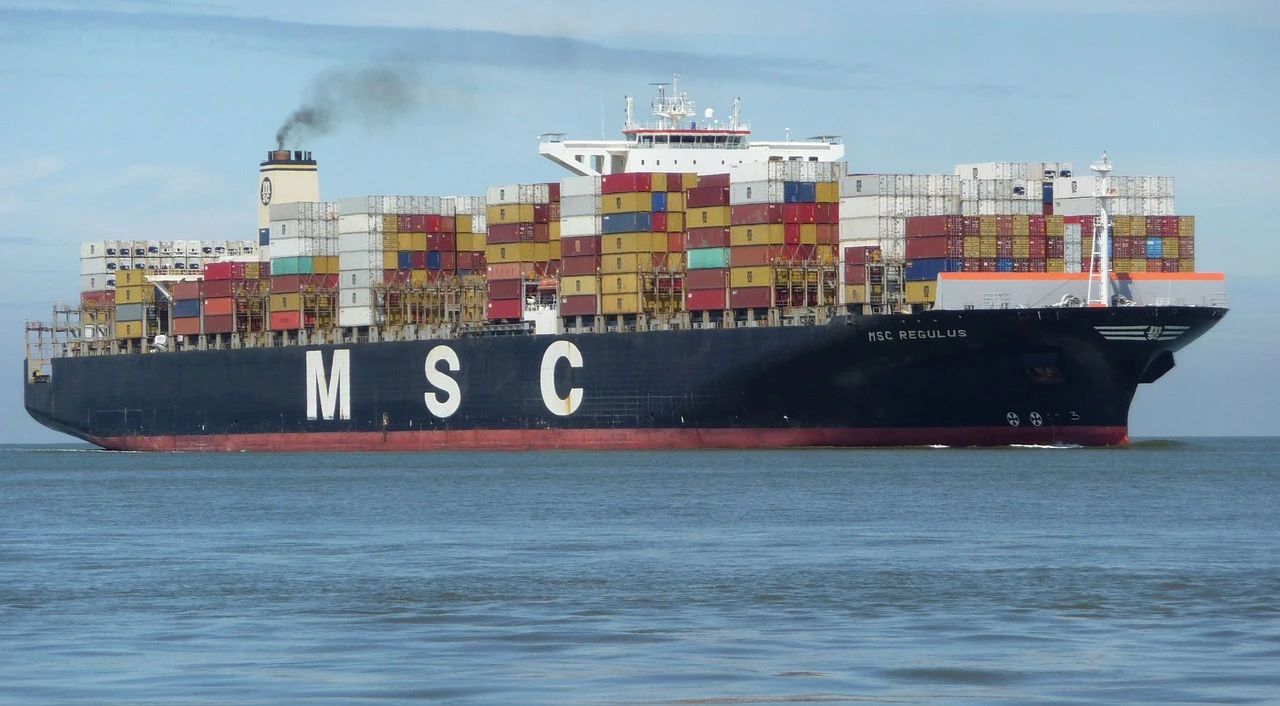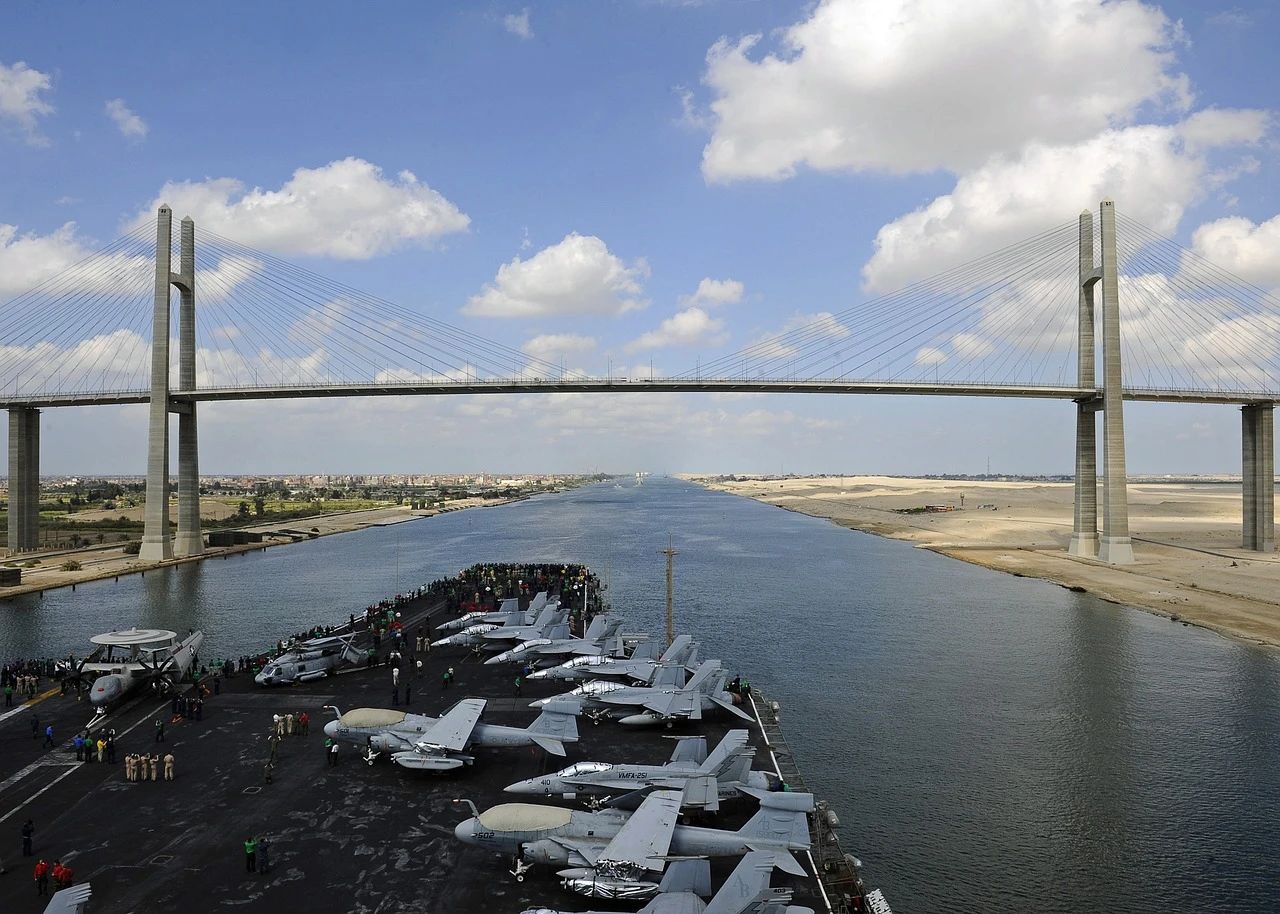According to CCTV News on May 28, Yemeni Houthi armed spokesman Yahya Saraiya said on May 27 local time that the Houthi armed forces
launched a drone attack on two destroyers deployed by the US Navy in the Red Sea and accurately hit the target.
In addition, Saraiya also said that the Houthi armed forces recently attacked three cargo ships sailing in the Indian Ocean and the Red Sea
with missiles

According to reports, on May 27 local time, Yemeni Houthi armed spokesman Yahya Saraiya announced that the armed forces attacked
three ships that day.
The names of the three attacked ships and the reasons for the attack:
· The first ship is the "LAREGO DESERT" sailing in the Indian Ocean. The Houthi armed forces said that the ship is related to the United States;
· The second ship is the "MSC MECHELA" sailing in the Indian Ocean. The Houthi armed forces said that the ship is related to Israel;
· The third ship is the "MINERVA LISA" sailing in the Red Sea. The Houthi armed forces said that the ship violated the ban of the armed forces and went to
the port of Israel.
Sarea did not disclose the specific time of these attacks. He said that the Houthis will not stop attacking US and British warships and some shipping routes until
Israel stops its military operations in the Gaza Strip.

It is worth noting that the Houthis have claimed to have attacked 6 merchant ships in 4 days. On May 24, Yemeni Houthi spokesman Yahya Sarea said that
the armed forces attacked the MSC container ship "MSC ALEXANDRA" in the Arabian Sea that day; attacked the bulk cargo ship "YANNIS" in the Red Sea;
and attacked the liquefied petroleum gas (LPG) ship "ESSEX" in the Mediterranean.
At present, the Red Sea attacks have intensified and the risk area is also expanding. The Red Sea crisis has lasted for half a year, and the route is still basically
interrupted. It is understood that about 12% of the world's cargo transportation passes through the Eurasian waterway formed by the Red Sea and the Suez Canal.
For the global energy and material supply chain, the Red Sea route can be called a "lifeline".

Rabie, chairman of the Suez Canal Authority, said recently that since November 2023, the growing tension in the Red Sea region has forced nearly 3,400 ships to
change their routes and sail to the Cape of Good Hope in South Africa instead of entering the Suez Canal.
Although the detour around the Cape of Good Hope increases the sailing distance by about 11,000 kilometers, the sailing time by 12 to 14 days, and the fuel cost by
about 40%, many shipping giants have changed their routes to avoid war losses.
At present, the Red Sea crisis is still the main challenge facing the shipping market. As the situation in the Red Sea has not eased so far, shipping companies are
expected to divert to African routes until at least the second half of this year. Before geopolitical risks are reduced, high demand means that shipping prices may
remain high, and further increases cannot be ruled out.
Copyright:zhengzhou bridge biochem co.,ltd All rights reserved.Privacy Policy
Corn gluten feed, corn gluten meal,soybean protein powder factory ,offering calcium phosphate ,pet food etc.